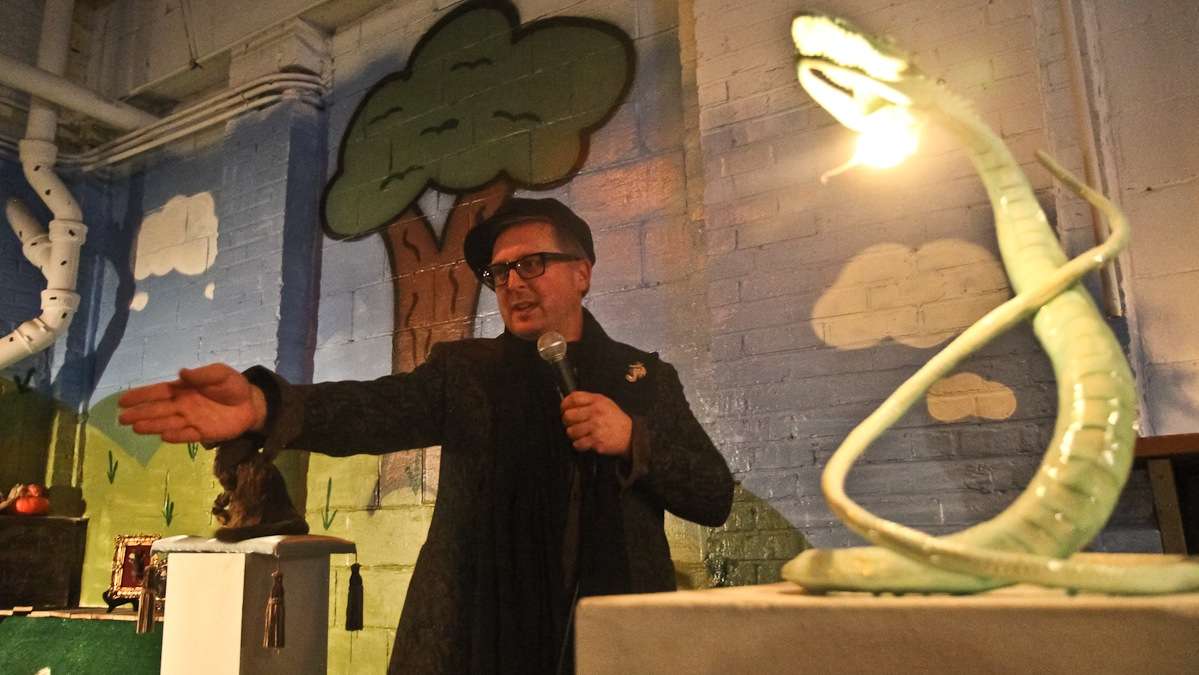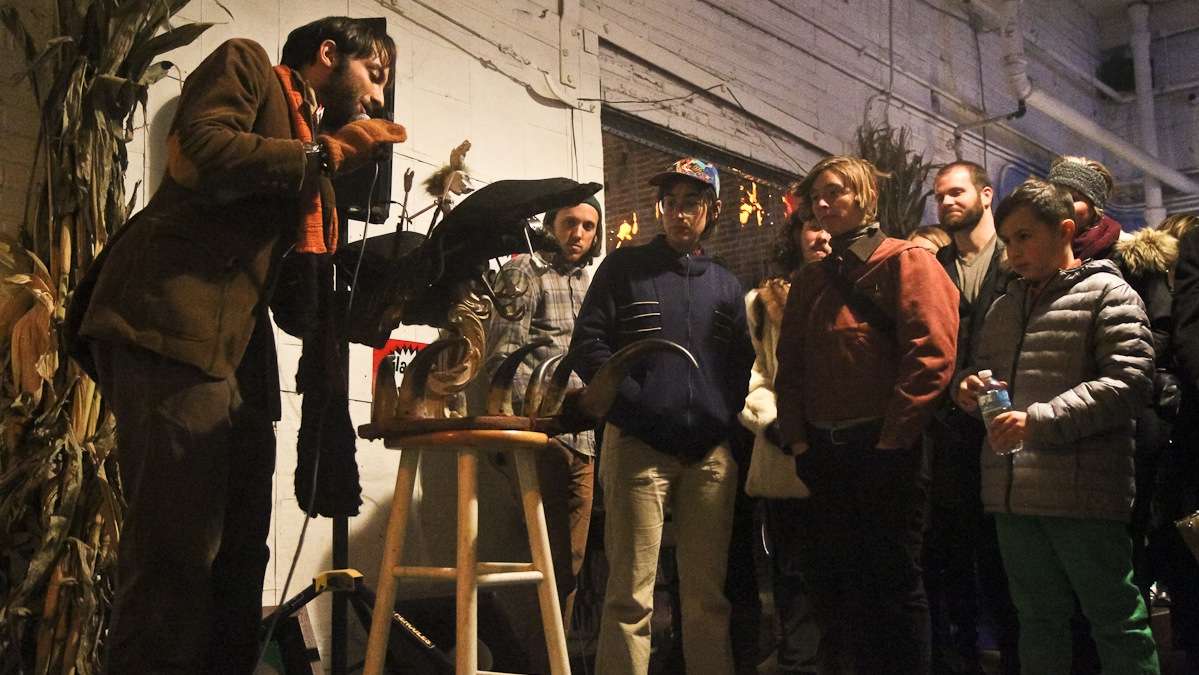How safe are Pennsylvania’s roads?
Three in a series of explainers on Pennsylvania’s roads.
In 2013, 1,208 people died in traffic accidents on Pennsylvania roads, the lowest number since the state started tracking roadway fatalities in the 1920s, according to PennDOT. The state’s goal is to cut roadway fatalities in half by 2030.
Pennsylvania still has a higher rate of roadway fatalities than the rest of the country: 1.3 deaths per 100 million miles of travel in 2012, according to the latest report from the University of Michigan Transportation Research Institute. The national average is 1.13.
What causes roadway fatalities?There are a lot of things that contribute to traffic accident deaths, including driver error, roadway conditions, the amount of heavy truck traffic, the number of pedestrians and bicyclists, and other factors.
PennDOT says most traffic fatalities in Pennsylvania are attributable to driver behavior: speeding and impaired drivers, for example, or drivers and passengers who aren’t wearing seatbelts.
What is PennDOT doing to make roads safer?PennDOT alters some roads to help prevent traffic accidents. For instance, it has added rumble strips to rural roads to alert drivers when they’re veering off the roadway.
The agency also has countywide and regional traffic safety projects. For example, it hands out information on traffic safety at health fairs and schools, and contacts local businesses about safety concerns. It also provides funding to enforce traffic safety laws on roadways that have a higher than average presence of aggressive or impaired driving and unbelted crashes, fatalities and injuries.
PennDOT also has a motorcycle safety program, which offers free motorcycle training to any Pennsylvania resident. The program trains more than 20,000 riders a year, the agency says.
Did this explainer answer all your questions about Pennsylvania’s roads? If not, you can reach Marielle Segarra via email at msegarra@whyy.org or through social media @MarielleSegarra. Have a topic on which you’d like us to do an Explainer? Let us know in the comment section below, or on Twitter @PaCrossroads.
WHYY is your source for fact-based, in-depth journalism and information. As a nonprofit organization, we rely on financial support from readers like you. Please give today.



























